Thinking About Adding A New Gate?
Getting Started
A gate should be welcoming, obvious, easy to access and effortless to use, Clough says. The rest of the details — size, location and style — are up to you. They can be the entry point to your property from the sidewalk or street in your front yard, allow access to the back yard from the front, open onto a back alley or even connect your yard with a neighbor’s space.
Size. Gates can range in size from very low, maybe 3 feet high, to very tall, 8 feet high or more. A standard width for a single gate is 3 feet, which provides plenty of room for people and most basic landscaping equipment, such as a lawn mower or a wheelbarrow, to go through.
A double-wide gate is both a gracious entry as well as a practical choice for transferring larger pieces of equipment — anything from a riding mower to a small sailboat — between two spaces.
A double-wide gate is both a gracious entry as well as a practical choice for transferring larger pieces of equipment — anything from a riding mower to a small sailboat — between two spaces.
If your gate will span a driveway, consider setting the posts or supports about a foot beyond the driveway on each side, according to fence and gate expert Histofer Dimitrov of Dream Fence by Fensu in Waltham, Massachusetts. This feels more open and gracious and also can help prevent cars from accidentally scraping the supports.
Whom to Hire
If you’re adding a custom gate, you’ll want to work with a fabricator or artisan who specializes in the materials you want to use.
Once a gate is ready to install, look for a licensed landscape contractor or fencing contractor. Gates get a lot of use, so you’ll want to be sure yours is done right. If the gate is part of a fence installation, it will usually be included. You also may need added expertise to install a one-of-a-kind gate or one made with unusual materials, such as glass.
If you’re adding a custom gate, you’ll want to work with a fabricator or artisan who specializes in the materials you want to use.
Once a gate is ready to install, look for a licensed landscape contractor or fencing contractor. Gates get a lot of use, so you’ll want to be sure yours is done right. If the gate is part of a fence installation, it will usually be included. You also may need added expertise to install a one-of-a-kind gate or one made with unusual materials, such as glass.
If you’re installing a gate, such as one across a driveway, that will open automatically with a remote, keypad or app, you will need additional prep work. “You’ll need a fence contractor to install the gate and oversee the other work, a landscaper to trench for the electrician, an electrician to put in the conduit and wire to the gate’s operators and a company to install the operators and the controls,” Dimitrov says.
Clough adds that a gate across a driveway will limit your access from your home if it malfunctions, so look for a reputable company with good reviews. A landscaper or pavement specialist may also be involved in finishing the paving under the gate.
Before you hire anyone, be sure they are familiar with the scope of the project and are experienced in handling the materials you want to use. As with any project, check reviews on Houzz and elsewhere, and ask for references and to see examples of work.
Clough adds that a gate across a driveway will limit your access from your home if it malfunctions, so look for a reputable company with good reviews. A landscaper or pavement specialist may also be involved in finishing the paving under the gate.
Before you hire anyone, be sure they are familiar with the scope of the project and are experienced in handling the materials you want to use. As with any project, check reviews on Houzz and elsewhere, and ask for references and to see examples of work.
Finding Your Gate Style
A look that complements your landscape or your home’s architectural elements (or both) is a good starting point for your gate’s style. A gate that blends seamlessly with an adjoining fence creates a cohesive look throughout the landscape.
If you want to add a subtle difference or some contrast, consider an arched or scalloped top, latticework or a grid pattern, or a decorative design along the top. This might be an opportunity to add in a second material, such as pairing wood with metal or bamboo. You can also include peepholes or see-through cutouts, either for people or pets.
A look that complements your landscape or your home’s architectural elements (or both) is a good starting point for your gate’s style. A gate that blends seamlessly with an adjoining fence creates a cohesive look throughout the landscape.
If you want to add a subtle difference or some contrast, consider an arched or scalloped top, latticework or a grid pattern, or a decorative design along the top. This might be an opportunity to add in a second material, such as pairing wood with metal or bamboo. You can also include peepholes or see-through cutouts, either for people or pets.
Choosing a gate material that contrasts with fencing or walls will turn your gate into a focal point. A metal gate set into a wood fence can span design styles from traditional to contemporary. A glass gate will modernize your look.
If the top of the gate is slightly lower than the surrounding fence, a simple frame above it can help tie it into the adjoining fence boards. If security isn’t a concern, consider going with a shorter gate, perhaps topped by a trellis, for a welcoming look. Other possibilities include replacing solid boards with latticework or adding decorative elements such as filigrees and arches to the body or top of a metal gate.
Gate Material Options
Wood and metal are the top material choices for gates. Vinyl fences pair naturally with vinyl fencing, but you can also incorporate them as a standalone element. Bamboo and glass are less commonly used but make a strong visual statement. A gate also gives you the opportunity to experiment with a blend of materials.
Wood and metal are the top material choices for gates. Vinyl fences pair naturally with vinyl fencing, but you can also incorporate them as a standalone element. Bamboo and glass are less commonly used but make a strong visual statement. A gate also gives you the opportunity to experiment with a blend of materials.
Wood. Wood is sturdy, easy to install and can be stained, painted or left its natural color. It is also adaptable to almost any design or style. Wood is one of the least expensive gate materials, especially if you choose a wood that is native to or grows easily in your area.
Redwood and cedar are two of the most popular wood choices, as both are naturally rot resistant, but they are also higher in cost. Southern pine, spruce and fir are other popular options, but you’ll need to check if they require some sort of treatment for use, especially for posts. Treated wood, especially pressure-treated wood, isn’t available in some areas. For any wood, look for a material that’s been sustainably harvested.
Redwood and cedar are two of the most popular wood choices, as both are naturally rot resistant, but they are also higher in cost. Southern pine, spruce and fir are other popular options, but you’ll need to check if they require some sort of treatment for use, especially for posts. Treated wood, especially pressure-treated wood, isn’t available in some areas. For any wood, look for a material that’s been sustainably harvested.
A wood gate will require regular maintenance, which can include sanding and sealing, re-staining or repainting. It will also expand and shrink over the years, and you may have to replace individual pieces that warp, bend or break or reset how the gate hangs.
It will also need to be replaced eventually. You should expect a wood gate to last 10 years at least. With regular upkeep, it will likely last longer, up to 20 years or even more.
It will also need to be replaced eventually. You should expect a wood gate to last 10 years at least. With regular upkeep, it will likely last longer, up to 20 years or even more.
Wood composites. Wood composite gates and boards are made from a variety of materials, including recycled plastic. They are more durable, rot resistant and long lasting than wood. They also hold up to extreme heat, cold and hard wear better than vinyl.
More color options that closely mimic wood are becoming available. With the right preparation, they can also be painted. Care consists of periodically hosing the boards down.
Wood composite is more expensive than wood at the onset. It also can fade over the years. You may need to replace a wood composite fence every 25 years or so.
More color options that closely mimic wood are becoming available. With the right preparation, they can also be painted. Care consists of periodically hosing the boards down.
Wood composite is more expensive than wood at the onset. It also can fade over the years. You may need to replace a wood composite fence every 25 years or so.
Vinyl. If you have a vinyl fence of any style, pair it with a vinyl gate. As a material, vinyl is more expensive up-front than wood, but it also lasts longer. It’s a good choice for warm yet damp climates. It doesn’t warp, rot or shrink; it’s immune to insects and doesn’t need to be painted.
Vinyl traditionally had a fairly limited color palette, but more color options are becoming available, including ones that mimic wood tones. Repairs can be difficult, and vinyl can be damaged when exposed to extreme elements.
Vinyl is very low maintenance, only requiring periodic hosing off and occasionally scrubbing stubborn grime with a diluted dish soap mixture. Expect a vinyl gate to last 30 years or more.
Vinyl traditionally had a fairly limited color palette, but more color options are becoming available, including ones that mimic wood tones. Repairs can be difficult, and vinyl can be damaged when exposed to extreme elements.
Vinyl is very low maintenance, only requiring periodic hosing off and occasionally scrubbing stubborn grime with a diluted dish soap mixture. Expect a vinyl gate to last 30 years or more.
Metal. Aluminum, steel and wrought iron are design stars of the metal gate world. They can create a distinctive, classical look, fit into a rustic design or add a modern sensibility. They can be a solid barrier or allow glimpses both into and outside of your yard. Though a plain metal gate with vertical bars works well for a streamlined look, adding decorative elements will make your gate stand out.
Metal gates are very sturdy and won’t fade over time. They’re a good choice for those living in cold climates, as they can handle temperature extremes.
Metal gates are very sturdy and won’t fade over time. They’re a good choice for those living in cold climates, as they can handle temperature extremes.
Aluminum is lightweight and rust resistant but not as sturdy as stainless steel or wrought iron. Stainless steel provides more strength over time but can rust unless treated. Once the gate develops rust, it will need to be sanded and repainted. It is also very heavy.
Both aluminum and stainless steel are more expensive than wood, falling in the mid-range for prices, but they will last longer.
Both aluminum and stainless steel are more expensive than wood, falling in the mid-range for prices, but they will last longer.
Another option is weathering steel (sometimes called Cor-Ten). It’s admired for its natural or rustic feel, although it can also work well with a contemporary design. Unlike other metal options, weathering steel is designed to develop rust over time. It will be more expensive than aluminum or stainless steel.
To reduce the rusty runoff often associated with weathering steel, detail the gate so it won’t stain surrounding materials. Install it away from the concrete or add drainage that will carry any runoff away from paving. Installing weathering steel on gravel or mulch will result in less-noticeable rust stains.
To reduce the rusty runoff often associated with weathering steel, detail the gate so it won’t stain surrounding materials. Install it away from the concrete or add drainage that will carry any runoff away from paving. Installing weathering steel on gravel or mulch will result in less-noticeable rust stains.
Wrought iron is the most expensive metal option but offers a timeless appeal that will work with any landscape or architectural style. Although wrought iron gates are very durable and require little upkeep, any chips or damage can open the door to rust if you don’t repair them as soon as possible.
Bamboo. Harvested bamboo is gaining popularity as a landscape material. It is a fast-growing plant, which makes it an eco-friendly material, but you need to be sure the bamboo you’re choosing is sustainably grown.
Bamboo’s density and thickness allow it to stand up to moisture much more readily than wood. It gives a landscape a rustic, natural or Asian feel. Adding a wood frame around the bamboo will give it a finished look. Bamboo stands up well to heat and snow and can be cleaned with water.
Bamboo’s density and thickness allow it to stand up to moisture much more readily than wood. It gives a landscape a rustic, natural or Asian feel. Adding a wood frame around the bamboo will give it a finished look. Bamboo stands up well to heat and snow and can be cleaned with water.
You can leave bamboo in its natural state, although it will fade with time. It also can be stained, although you’ll usually need to renew that annually. Bamboo can dent, chip, crack or split, so occasional repairs may be needed.
Bamboo is more expensive than most other gate materials. Expect a bamboo gate in a frame to last at least 20 years.
Bamboo is more expensive than most other gate materials. Expect a bamboo gate in a frame to last at least 20 years.
Glass. A glass gate is an uncommon choice but makes a strong statement in your landscape. It’s a great option for a contemporary or modern look. Your design opportunities are surprisingly varied, including your choice for colors. Choosing translucent glass will offer some privacy while still allowing light into your yard.
You’ll likely need to clean both sides of the glass at least as often as you’d clean windows in your home, and more often if it gets a fair amount of use. The glass can also mar and scratch. While a glass gate is cheaper than adding a full fence of glass, it will still be expensive.
You’ll likely need to clean both sides of the glass at least as often as you’d clean windows in your home, and more often if it gets a fair amount of use. The glass can also mar and scratch. While a glass gate is cheaper than adding a full fence of glass, it will still be expensive.
Other Considerations for Adding a Gate
Finishing touches. The right latch is just as important as the right gate. There are many hardware options to choose from, and, like the gate itself, they should be both decorative and easy to use. Look at your latch as an opportunity to dress up your gate a bit more. “I think latches should be fun,” Clough says.
Latches should also be reliable. “We tell people to buy from companies that specialize in hardware,” Dimitrov says. If security is a concern, consider adding a deadbolt to the gate.
Shop for fencing and gate hardware
Finishing touches. The right latch is just as important as the right gate. There are many hardware options to choose from, and, like the gate itself, they should be both decorative and easy to use. Look at your latch as an opportunity to dress up your gate a bit more. “I think latches should be fun,” Clough says.
Latches should also be reliable. “We tell people to buy from companies that specialize in hardware,” Dimitrov says. If security is a concern, consider adding a deadbolt to the gate.
Shop for fencing and gate hardware
Permits and regulations. Whether you need a permit for a gate varies widely by location, so check with your building department first for any required permits, regulations or restrictions. Homeowner associations may also have restrictions or guidelines.
Safety. If you have a pool or other “attractive nuisance” in your yard, most local codes have specific requirements regarding the size, locks and permitted materials for gates leading to that area. You can always call your area’s building department or planner and ask for guidance.
Safety. If you have a pool or other “attractive nuisance” in your yard, most local codes have specific requirements regarding the size, locks and permitted materials for gates leading to that area. You can always call your area’s building department or planner and ask for guidance.
When to do this project. Installing a gate can be done almost any time. If you live in a cold-weather climate, you will want to tackle this project when the weather is warmer, especially if you need to install posts or dig trenches.
How long it will take. Once the gate is ready to install, it will go quickly. Most gates can be put in place in a day. if you need to set posts or build the gate on site, it may take longer. Larger gates or those that require trenching or electrical work will take longer.
How long it will take. Once the gate is ready to install, it will go quickly. Most gates can be put in place in a day. if you need to set posts or build the gate on site, it may take longer. Larger gates or those that require trenching or electrical work will take longer.
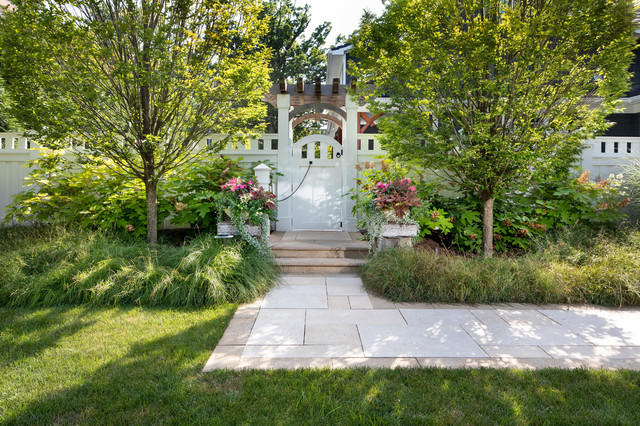
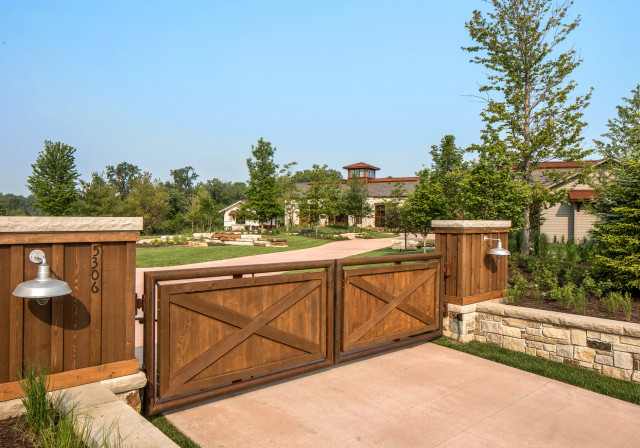


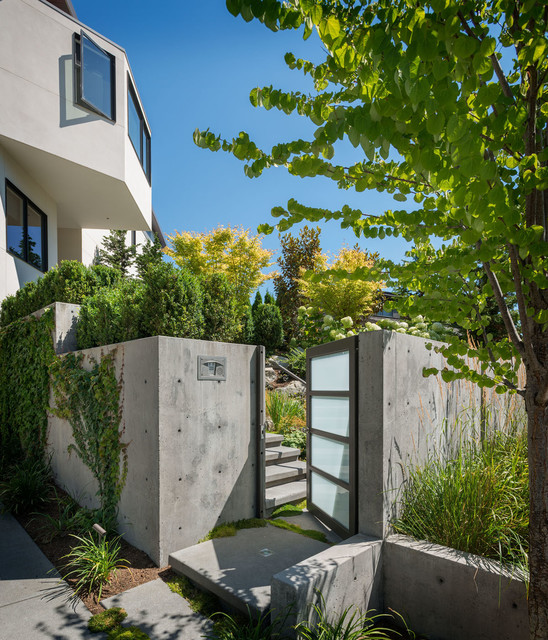

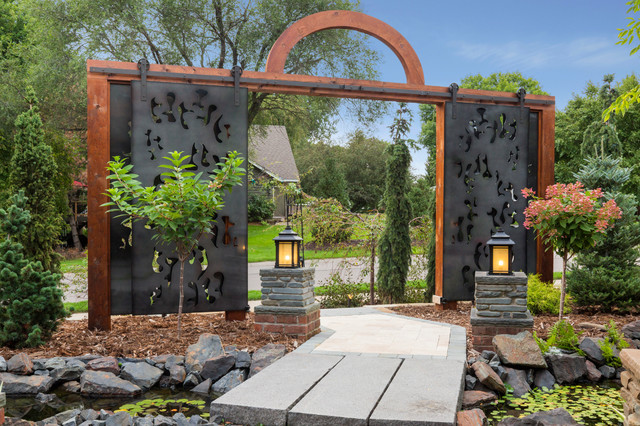
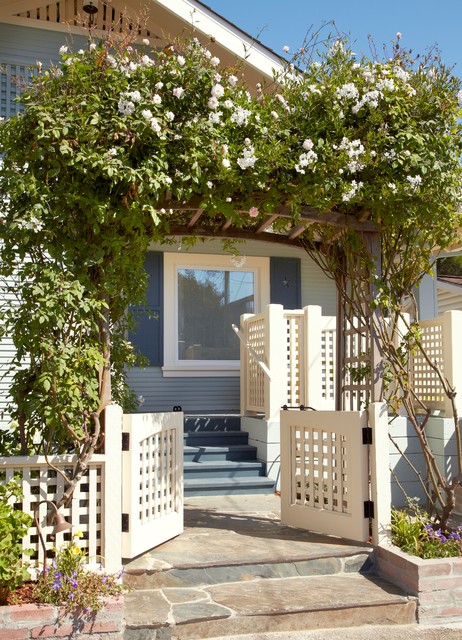

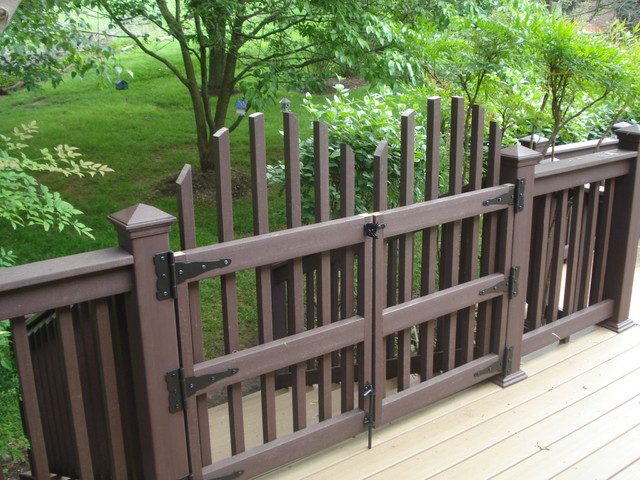
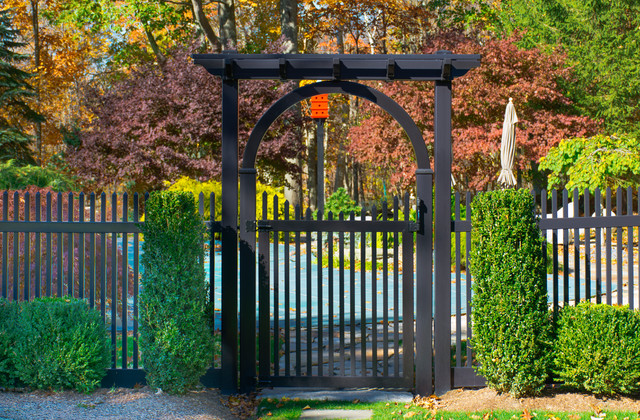
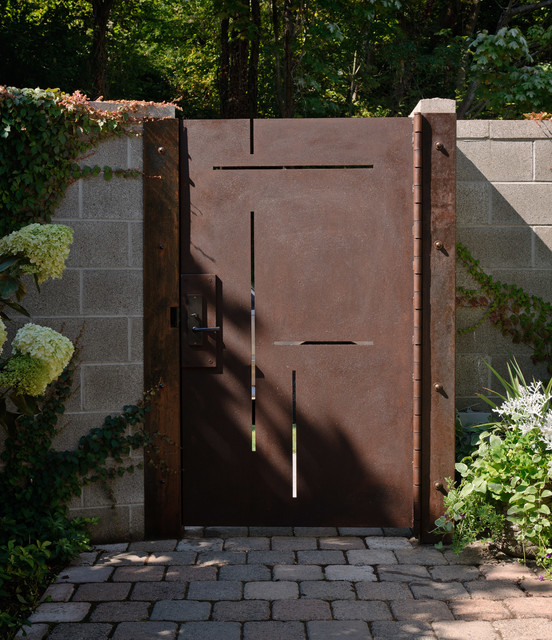


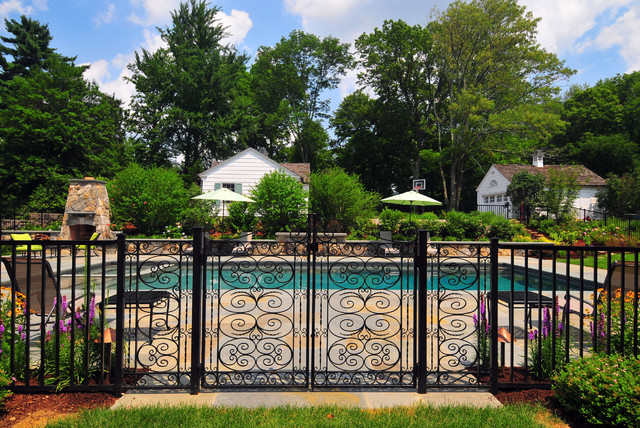
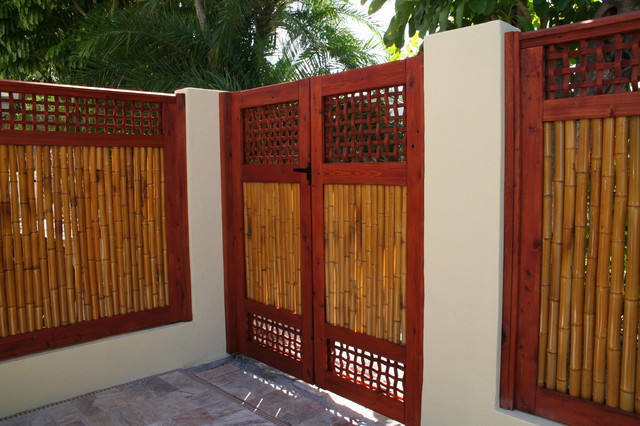
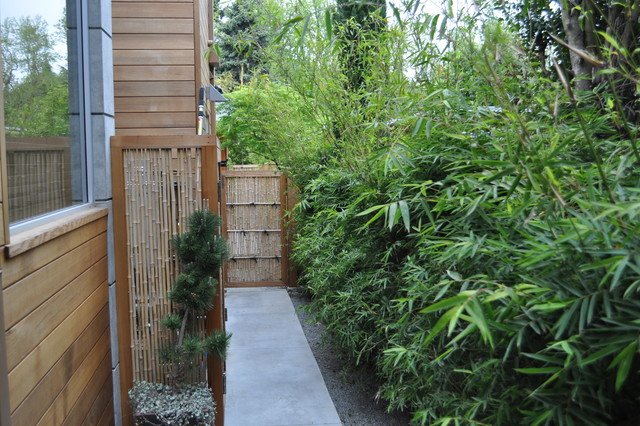
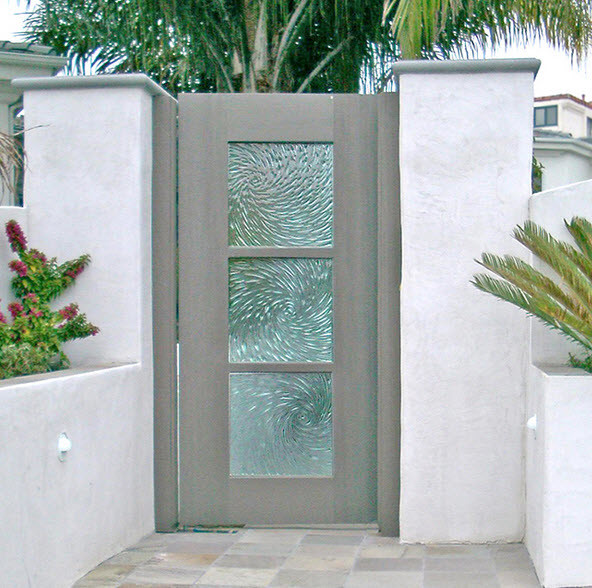
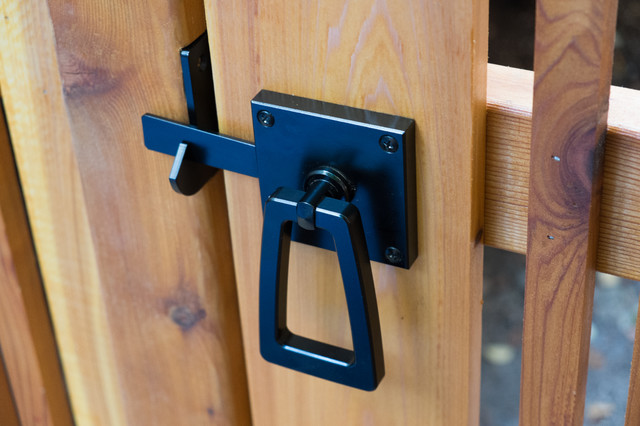

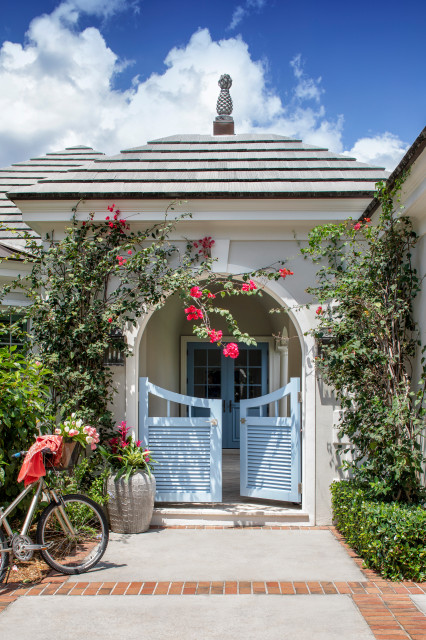
Comments
Post a Comment